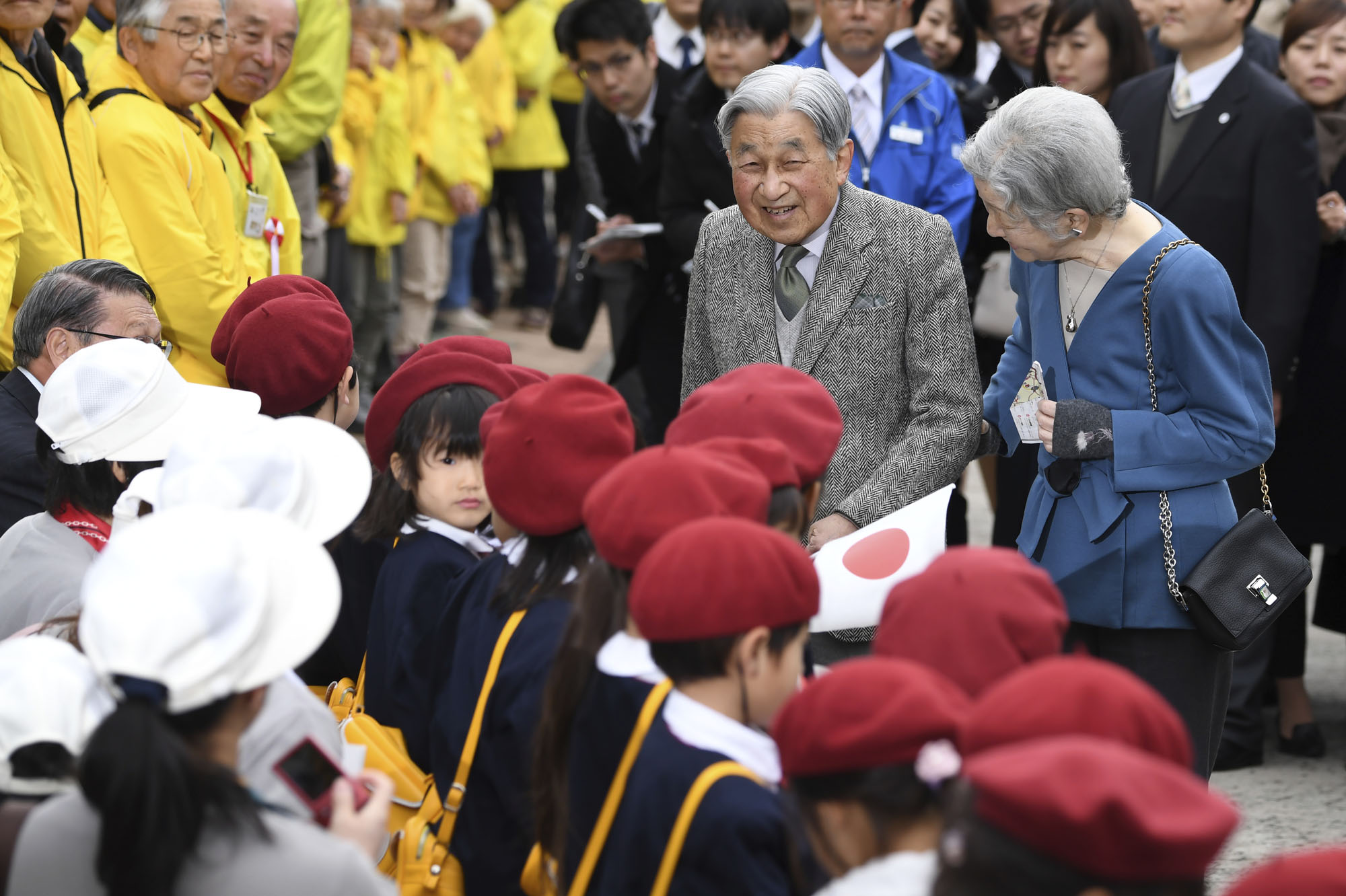As Emperor Akihito prepares to abdicate, the Heisei Era — Jan. 8, 1989, through April 30, 2019 — draws to a close. Those 30 years will forever be associated with the spectacular asset bubble that burst right at the beginning, and the economic lost decade that followed. Heisei was also when Japan's population peaked and started to decline. But it was a time when Japanese popular culture flourished and gained international renown. And in the 2000s and 2010s, Japan's growth recovered its footing.
Economically, the period ends on a high note, with record employment rates, and wage growth finally starting to pick up as the retirement of the highly paid baby boom generation stops dragging the numbers down. Meanwhile, throughout its struggles, Japan maintained its ultralow crime rate, superb infrastructure and transportation, and beautiful, well-kept cities. As Bloomberg's Brian Bremner writes, Japan has been much more of an example for other nations than is popularly realized.
On May 1, Japan will get a new emperor, and a new era — Reiwa — will begin. The transition is largely symbolic, as the emperor's role is ceremonial. But it's a good opportunity to take stock of where Japan is as a country, and where it needs to go.


















With your current subscription plan you can comment on stories. However, before writing your first comment, please create a display name in the Profile section of your subscriber account page.